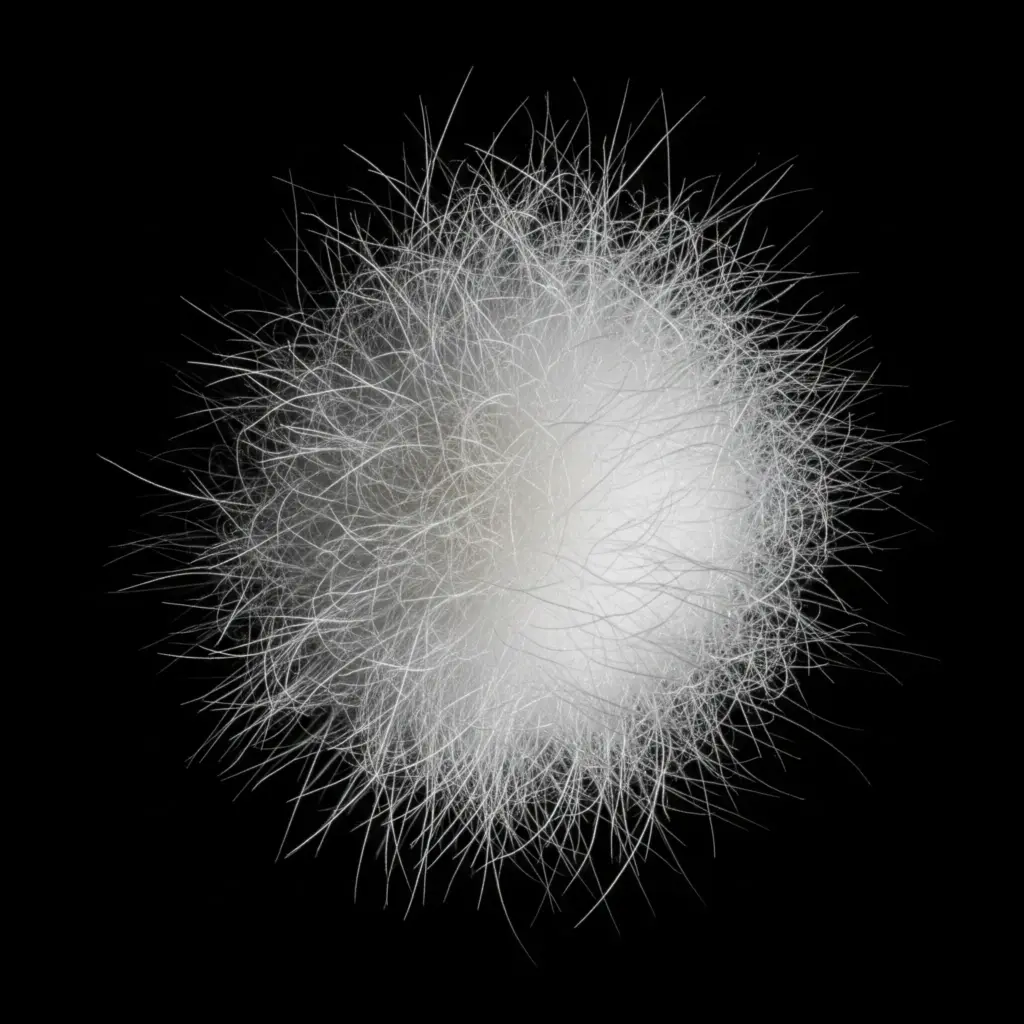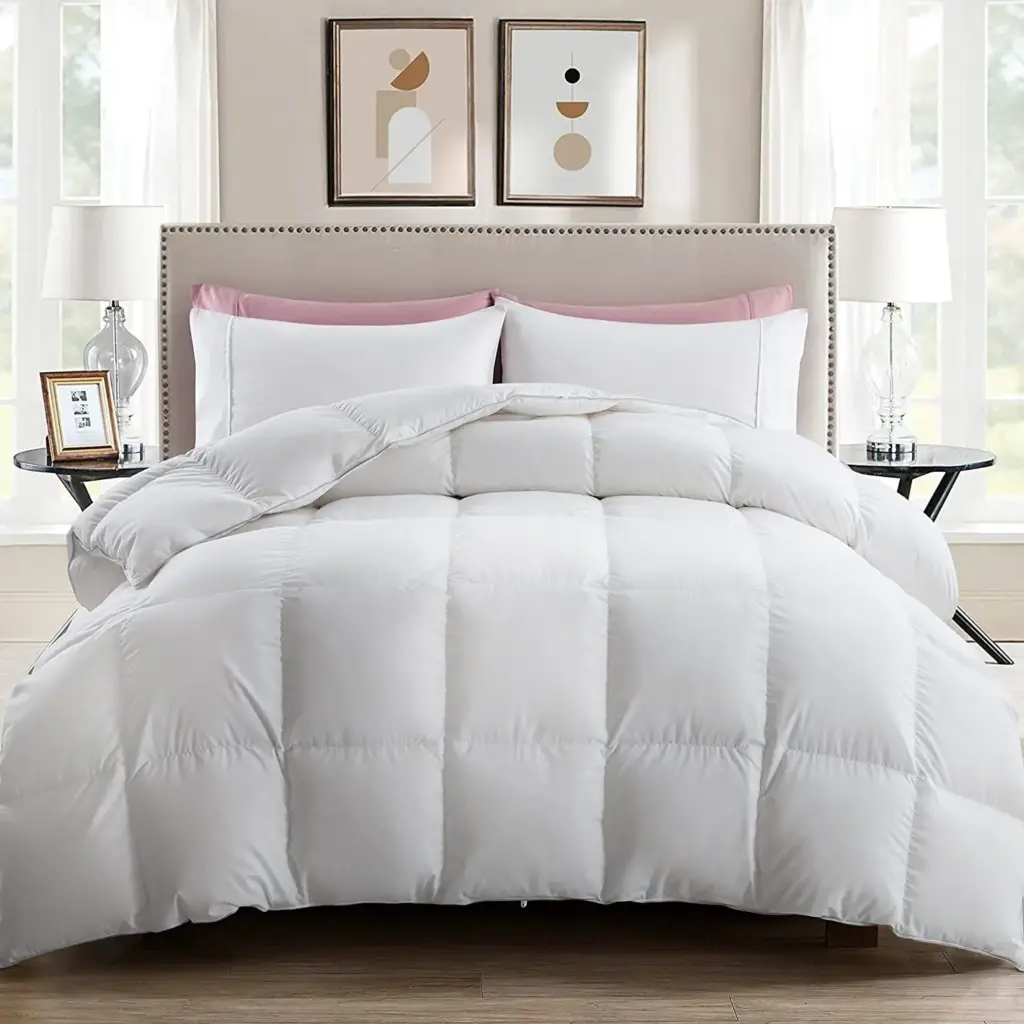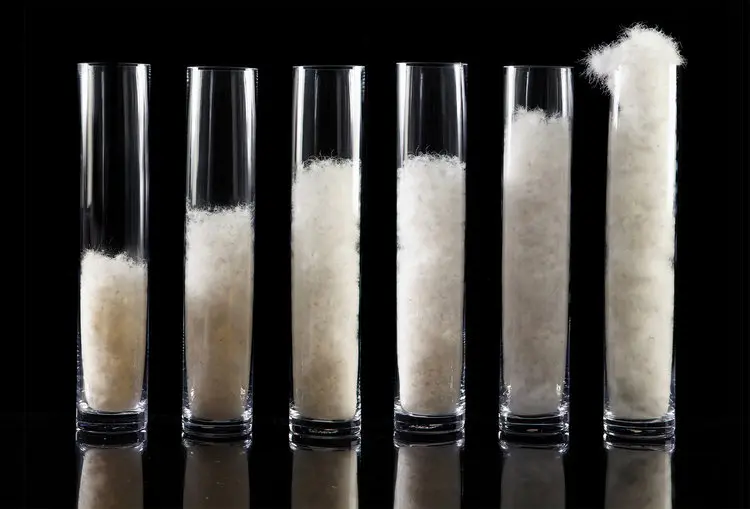Down bedding is a luxurious and popular choice for people seeking warmth, comfort, and lightness in their sleep environment. But when you’re shopping for a down comforter, duvet, or pillow, you’ll quickly come across terms like fill power, fill weight, and down cluster. Understanding these terms—especially fill power—can help you make the right choice for your comfort and budget.
In this article, we’ll explain what down is, what fill power means, and how to choose the best down bedding based on your needs.
What Is Down?
Down is the soft, fluffy underlayer found beneath the feathers of geese and ducks. Unlike feathers, down has no quills and looks like tiny, lightweight clusters with filaments radiating from a center. These clusters trap air efficiently, providing natural insulation and loft (fluffiness).
Down is prized for being:
- Warm yet lightweight
- Breathable
- Durable
- Compressible and resilient
It is commonly used in duvets, comforters, pillows, and jackets.

What Is Fill Power in Down Bedding?
Fill power is a measurement of how much space one ounce of down occupies when fully lofted. It is measured in cubic inches (in³/oz).
For example:
- A 600 fill power down means 1 ounce of down fills 600 cubic inches.
- A 900 fill power down fills 900 cubic inches, indicating superior loft and insulation.
Higher fill power = larger down clusters = more insulating power per ounce.
Common Fill Power Ranges:
| Fill Power | Quality Description | Ideal For |
|---|---|---|
| 400–499 | Low quality | Budget products or summer use |
| 500–599 | Medium quality | Mild climates |
| 600–699 | High quality | Most climates, good value |
| 700–799 | Very high quality | Cold weather or luxury bedding |
| 800+ | Premium quality | Lightweight yet very warm bedding |

Why Fill Power Matters
- Warmth without weight: Higher fill power down gives you more warmth using less material.
- Longevity: High fill power down tends to retain its loft longer and resists clumping.
- Comfort: It feels fluffier and softer due to the larger down clusters.
Other Important Down Bedding Parameters
1. Fill Weight
This refers to the total weight of down inside the bedding. A comforter with high fill power but low fill weight may be lightweight and suitable for summer, while one with higher fill weight provides more warmth.
Example:
- 600 fill power, 60 oz fill weight = warm
- 800 fill power, 40 oz fill weight = equally warm but lighter and more breathable
2. Down-to-Feather Ratio
Bedding may contain a mix of down and feathers. High-quality products usually contain 80–90% down and minimal feathers for better softness and performance.
3. Down Origin
European goose down (e.g., Hungarian or Polish) is considered among the best. Duck down is also good, but generally has smaller clusters than goose down.
4.Fabric Shell
Choose tightly woven, down-proof cotton (like 233-thread count or higher) to prevent leakage and ensure breathability.
5. Construction
Look for baffle-box construction to keep the down evenly distributed and prevent cold spots.

Tips for Choosing Down Bedding
- For cold sleepers or winter use, choose fill power 700+ with high fill weight.
- For hot sleepers or summer, go with 500–600 fill power and low fill weight.
- Make sure the product states the percentage of down (not just “down blend”).
- Verify the product meets RDS (Responsible Down Standard) for ethical sourcing.
- Choose machine-washable or easily dry-cleaned bedding for easier maintenance.
Conclusion
Fill power is one of the most important indicators of down bedding quality. It tells you how warm and lofty your comforter or pillow will be, and how long it might last. By understanding fill power along with fill weight, down percentage, and fabric quality, you’ll be able to select the best down bedding for your needs—whether that’s a lightweight summer duvet or a toasty winter comforter.

Leave a Reply